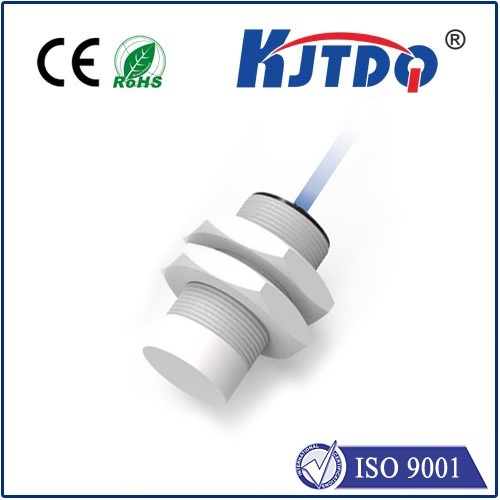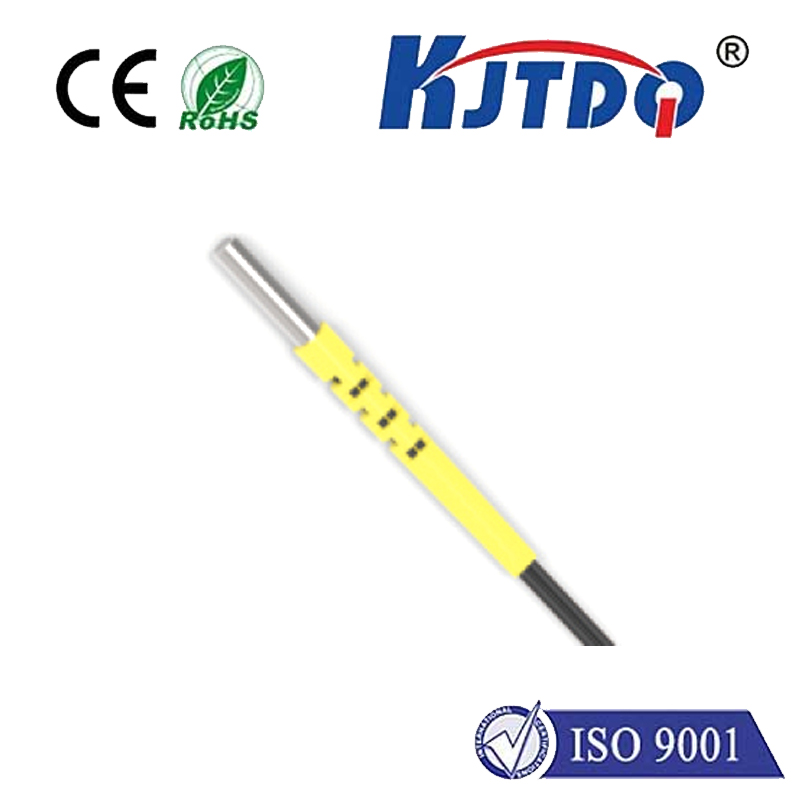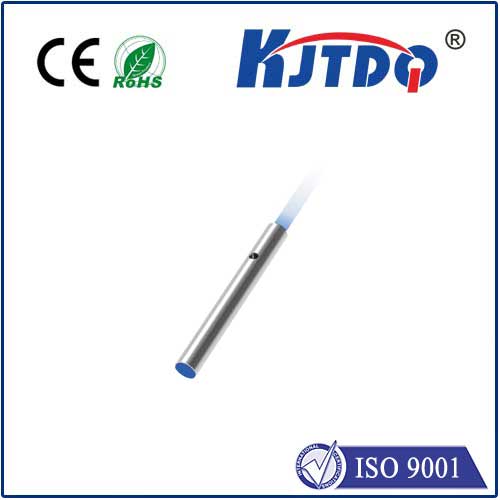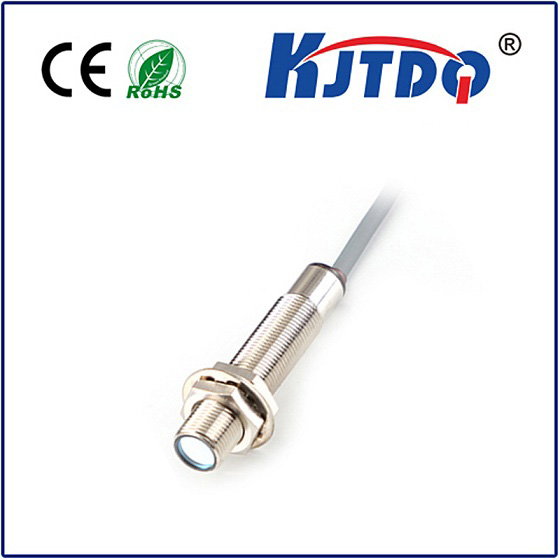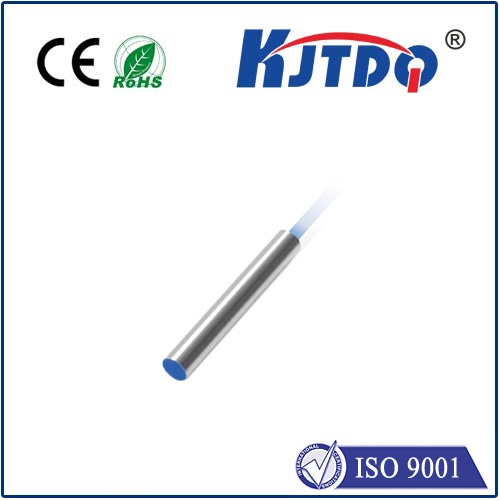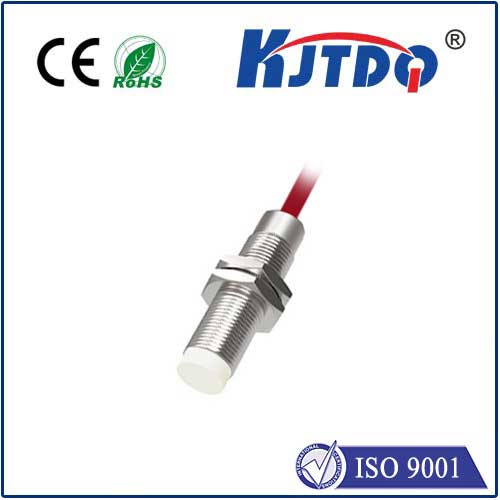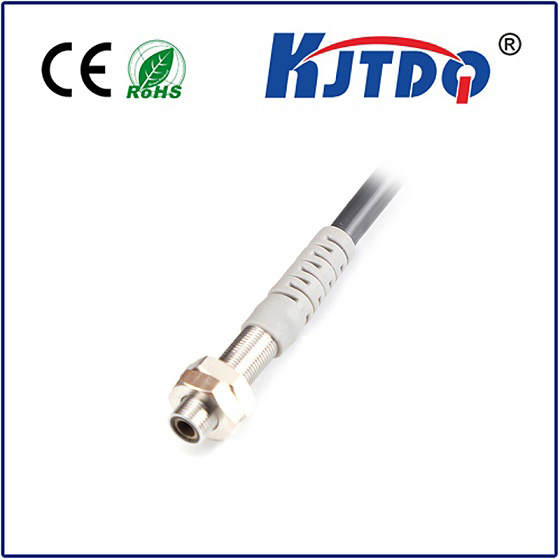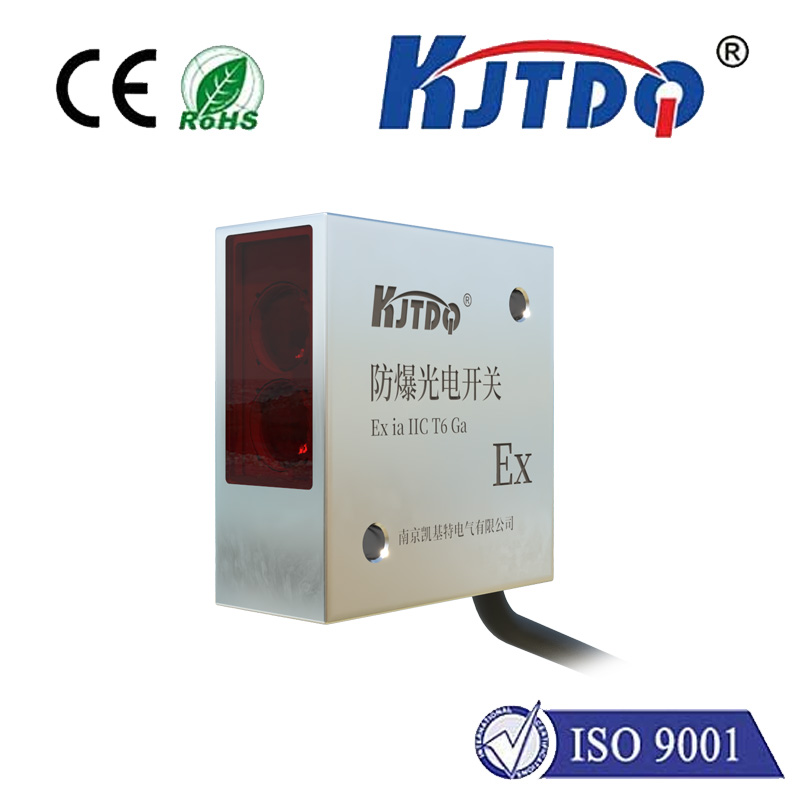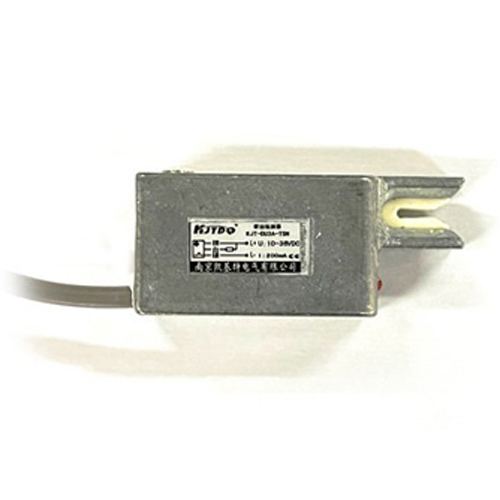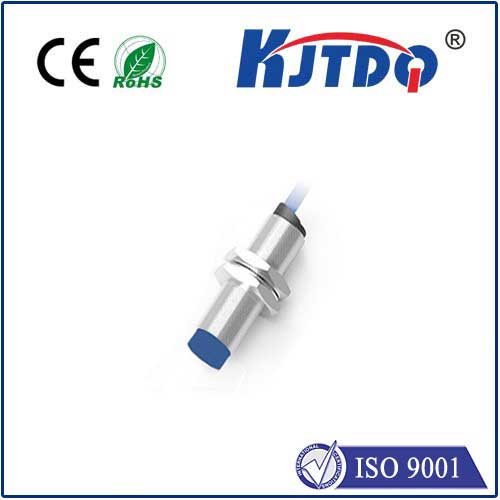BES0198 high pressure proximity sensor
- time:2025-10-01 05:38:03
- Click:0
BES0198 High Pressure Proximity Sensor: Sensing with Unwavering Reliability in Demanding Environments
Imagine a critical hydraulic system deep within an oil rig, pressure gauges ticking into the thousands of PSI. A vital piston nears its end-of-stroke position. Failure to detect this precisely could mean catastrophic equipment damage, costly downtime, or even safety hazards. In these unforgiving high-pressure realms, where standard sensors falter, specialized components like the BES0198 High Pressure Proximity Sensor become the unsung heroes of operational integrity. This isn’t just another sensor; it’s engineered resilience for applications where pressure isn’t just a factor – it’s the defining challenge.
Industrial proximity sensors are fundamental workhorses, detecting the presence or absence of metallic objects without physical contact. They enable automation, provide critical position feedback, and enhance safety across countless machines and processes. However, standard inductive or capacitive proximity sensors often have distinct limitations. Their housings, seals, and internal electronics are typically designed for moderate ambient pressures. When exposed to environments where external pressures climb significantly – whether from hydraulic fluids, compressed gases, deep underwater operations, or intense manufacturing processes – conventional sensors can distort, leak, suffer electronic failure, or provide unreliable signals. This vulnerability creates significant risks.
Enter the BES0198 High Pressure Proximity Sensor. This designation signifies a sensor specifically engineered to overcome the inherent challenges of high-pressure applications. The core technology remains inductive proximity sensing – detecting changes in an electromagnetic field caused by a nearby metallic target. Where the BES0198 excels is in its robust construction and design choices tailored to withstand immense external pressure forces.
Key Engineering for Extreme Pressure:

- Robust Hermetically Sealed Housing: Standard O-rings often fail under sustained, extreme pressure. The BES0198 likely employs advanced hermetic sealing techniques, potentially using welded metal-to-metal or specialized glass-to-metal seals. This creates a hermetically isolated chamber protecting the delicate internal electronics (coil, oscillator, trigger circuit, output driver) from the crushing external environment. This seal is paramount to its high pressure rating.
- Pressure-Compensated Design: Some advanced high-pressure sensors incorporate pressure compensation mechanisms. This doesn’t mean the internal electronics experience pressure, but the design ensures the housing itself can withstand differential pressure without deformation that could alter the sensing field or damage components. The body material (often high-grade stainless steel like 316L or 17-4PH) is chosen for exceptional strength and corrosion resistance relevant to high-pressure fluids.
- Enhanced Internal Structure: Supporting structures within the sensor are reinforced to prevent internal components from shifting or deforming under pressure load, ensuring consistent sensing performance and longevity.
- Ruggedized Electrical Connections: The cable entry or connector is a critical failure point. High-pressure sensors like the BES0198 utilize specialized, pressure-rated cable glands or connectors designed to maintain the integrity of the seal where the electrical conductors exit the housing.
Where the BES0198 Proves Invaluable:
The unique capabilities of a high pressure proximity sensor like the BES0198 make it essential in sectors where failure is not an option:
- Hydraulics & Pneumatics: Monitoring cylinder rod position in high-pressure hydraulic systems (construction equipment, presses, injection molding machines, steel mills). Detecting valve spool position within high-pressure manifolds.
- Oil & Gas: Downhole tools, subsea equipment, blowout preventer (BOP) controls, high-pressure pipeline valve actuation monitoring, offshore platform hydraulics. Exposure to extreme pressures and often harsh chemicals is common.
- Energy Generation: Turbine control systems, high-pressure steam valve monitoring, hydraulic systems within power plants (hydro, thermal, nuclear).
- Chemical & Petrochemical Processing: High-pressure reaction vessels, compressor monitoring, valve positioning in processes involving volatile or hazardous materials under pressure.
- Test & Measurement: Rigorous pressure testing facilities where sensors need to function reliably inside the pressurized chamber to monitor fixture positions or component movement.
- Marine & Subsea: Thrusters, winches, remotely operated vehicle (ROV) manipulators operating under significant water pressure at depth.
Advantages Beyond Just Pressure Rating:
While pressure resistance is its defining feature, the BES0198 High Pressure Proximity Sensor typically inherits and often enhances other desirable proximity sensor characteristics:
- Non-Contact Operation: Eliminates mechanical wear, ensuring long service life even in vibration-prone environments.
- High Switching Frequency: Capable of detecting very rapid movements of metallic targets, suitable for dynamic machinery.
- Long Sensing Ranges (for its class): While pressure-rated designs might have slightly shorter ranges than low-pressure sensors due to thicker housings, they still offer practical and reliable detection distances.
- Environmental Resilience: Alongside pressure resistance, these sensors usually boast excellent resistance to shock, vibration, temperature extremes, and often aggressive media (especially with appropriate housing materials).
- Reliable Performance: Engineered for mission-critical applications where signal drift or failure carries significant consequences.
Why Specify a BES0198 vs. a Standard Proximity Sensor?
The decision is driven by application necessity and risk mitigation:
- Standard Sensor Failure in HP: Using a non-rated sensor in a high-pressure environment is a gamble. Seal failure leads to fluid ingress, destroying the sensor and potentially contaminating the system. Housing deformation alters sensing characteristics or causes outright mechanical failure.
- System Integrity & Safety: Sensor failure in critical high-pressure systems can trigger catastrophic events (line bursts, uncontrolled machine movements). The BES0198’s robust design is integral to overall system safety.
- Reduced Downtime & Maintenance Costs: Although potentially higher in initial cost than a standard sensor, the BES0198 high pressure sensor significantly reduces the frequency of unplanned failures and associated downtime costs, fluid replacement, and labor for repairs.
- Consistent Accuracy: Maintaining stable sensing characteristics under pressure ensures accurate position feedback, critical for process control and machine efficiency.
Selecting the Right High Pressure Sensor:
When considering a BES0198 High Pressure Proximity Sensor or similar:
- Confirm Required Pressure Rating: Know the maximum operating pressure (including potential spikes) and whether it’s static or dynamic. Exceeding the sensor’s rating is unsafe.
- Material Compatibility: Ensure the housing material (stainless steel type) is compatible with the fluid or gas in the environment to prevent corrosion.
- Electrical Requirements: Voltage, output type (PNP/NPN, NO/NC), current rating, and connection type must match the control system.
- Sensing Range & Target: Verify the required sensing distance and ensure target material (ferrous/non-ferrous) and size are compatible.
- Environmental Factors: Consider temperature range, potential for immersion, exposure to chemicals, and levels of shock/vibration beyond just pressure.
- Certifications: Look for relevant industry certifications (ATEX, IECEx for hazardous areas; IP ratings for ingress protection; specific marine approvals if applicable).
In the relentless environment of high-pressure applications, standard solutions are inadequate defenses. The BES0198 High Pressure Proximity Sensor represents a category of precision-engineered components built to provide unwavering detection and position feedback where pressures soar. Its robust, hermetically sealed construction transforms a fundamental sensing principle into a cornerstone of reliability for critical systems in oil and gas, heavy hydraulics, energy, and beyond. When the pressure is on, the integrity of your sensing solution cannot be a point of failure; it must be a guarantee, embodied by specialized components like the






